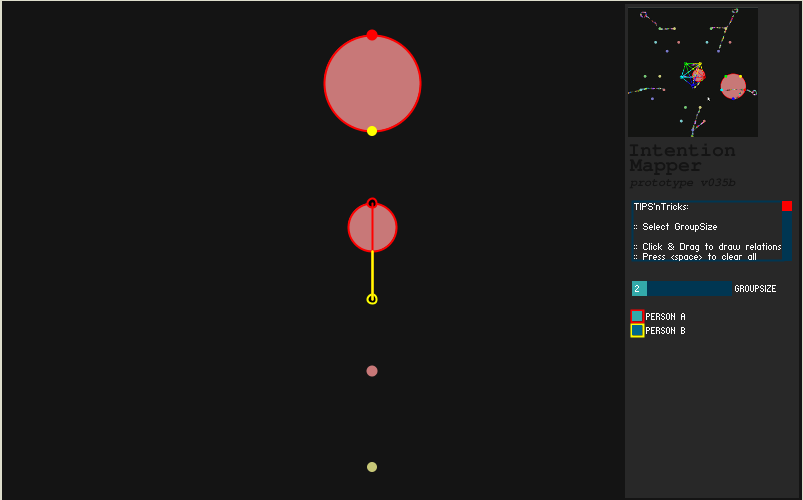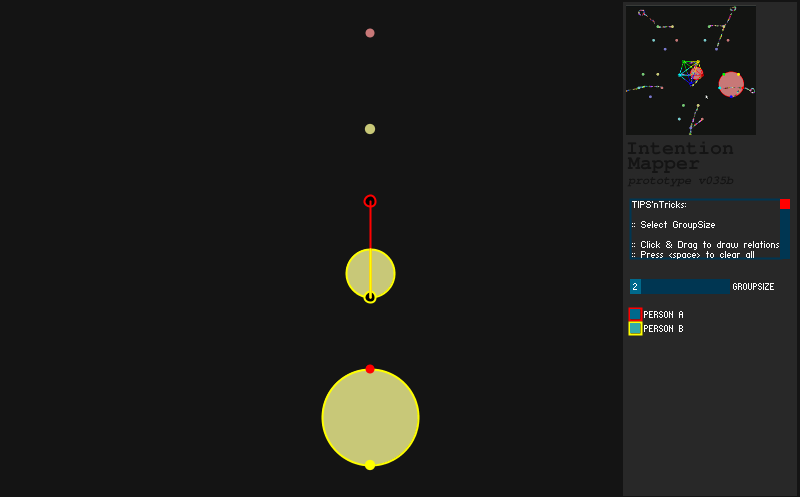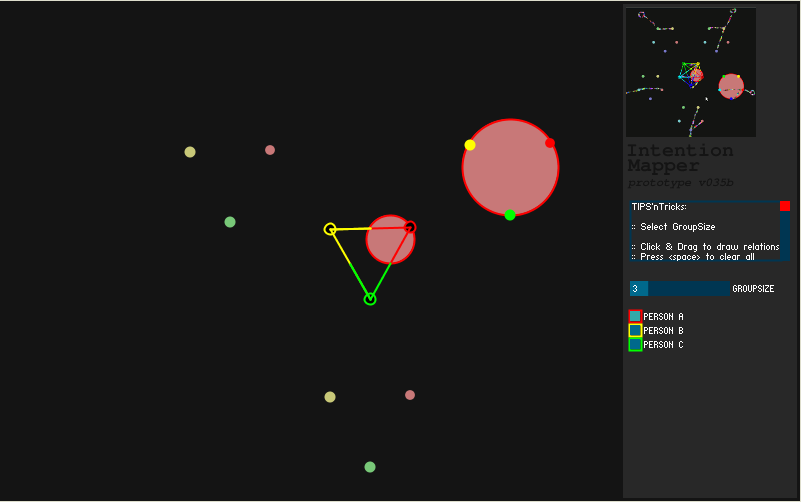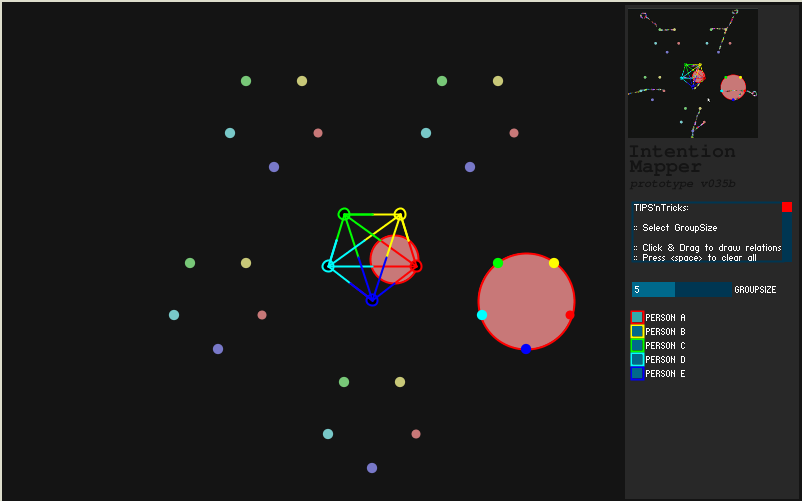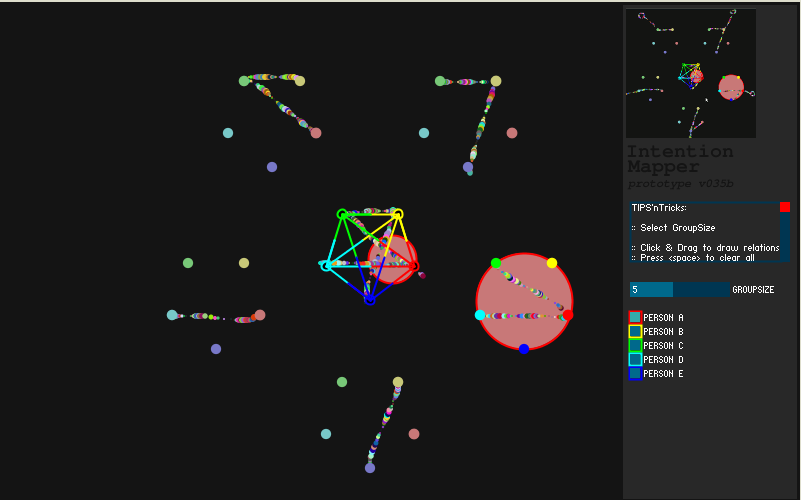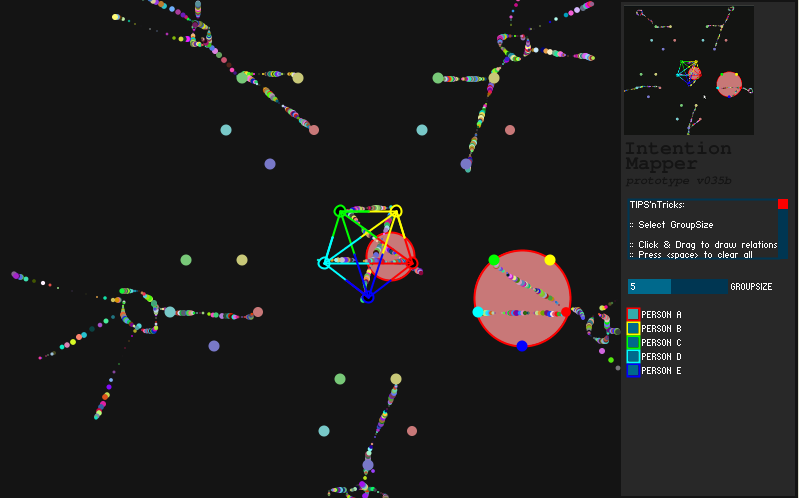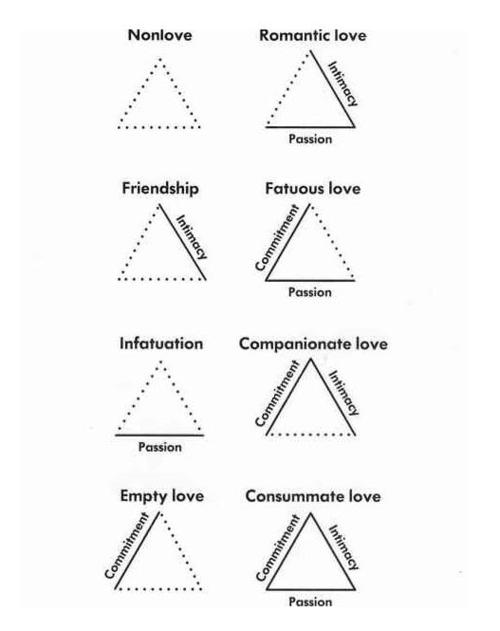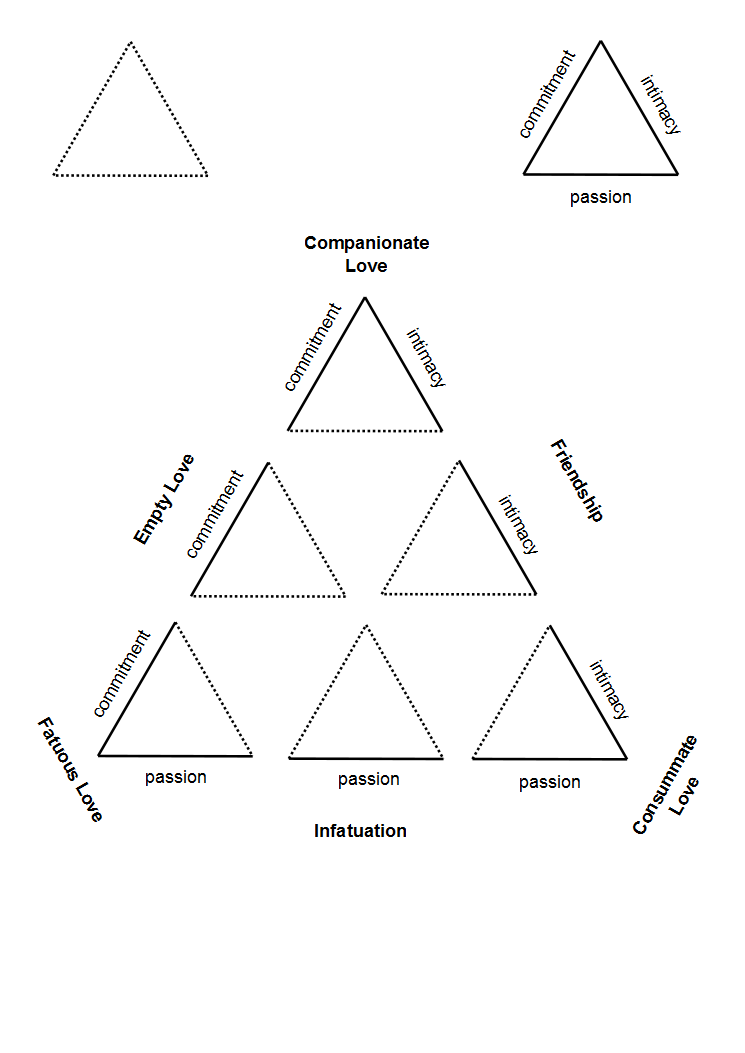Today I visited the third Hippo Campus Lecture, provided by Kembo. Guest of honour: Prof. Gerald Hüther, neurobiologist and brain scientist.
Hüther focused his presentation on “Haltung/ innere uberzeugung/ innere Einstellung”. Like Aizen (see posts about planned behavior, approaches to attitude formation & multi agent and culture) he argues that behavioral change starts not with attitude, but beliefs, or a mindset as he calls it. He spoke about “Erfahrungen unter den Haut”, when “das cognitieve Anteil und das emotionelle Anteil vereinigt zusammen arbeiten”: “wenn man emotional nichts tut, andert sich auch nichts”.
He rejected a definite impact of emotional strategies, like rewards (joy based) and punishment (fear based). These strategies are control based. Instead “Gib menschen die Chance sich zu ändern (von ongustigen zu gunstigen Erfahrung)”.
His speech pointed out the creation of brain structure through both experience and physical, bodily small differences.
Most important: it is emotional disturbance that has the potential to let enthusiasm emerge: “Das Gehirn ändert sich nicht ohne Begeisterung”. We need a positive (“gunstige”) mindset in order to deal with and overcome difficulties and complexities. A physical space that invites people is very helpful in such a process: deliver the gift of gratitude to undo the clinging to old mindsets.
Don’t just make people look into a mirror, make sure you (help them) get under the skin.
The trick is to reach and deal with a dilemma, as part of the necessary transformation. Use each other as teacher.
In other words: we can and need to overcome pollution created by mediocracy of our environment, which limits us to maximal development of person and organisation. Very inspiring words in the showroom of Kembo furniture.
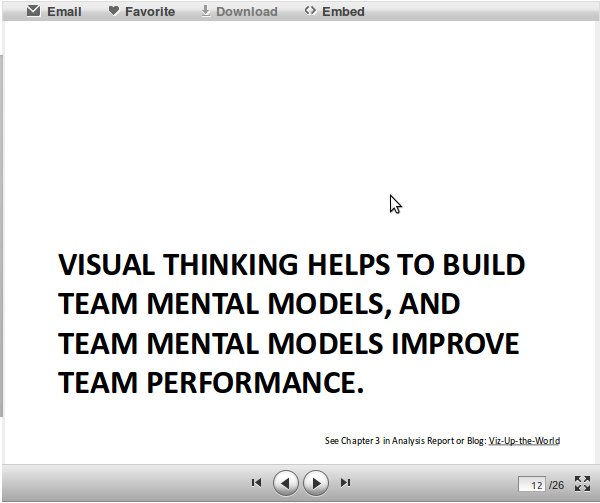
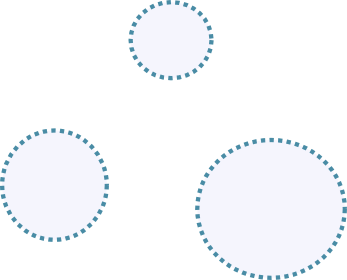
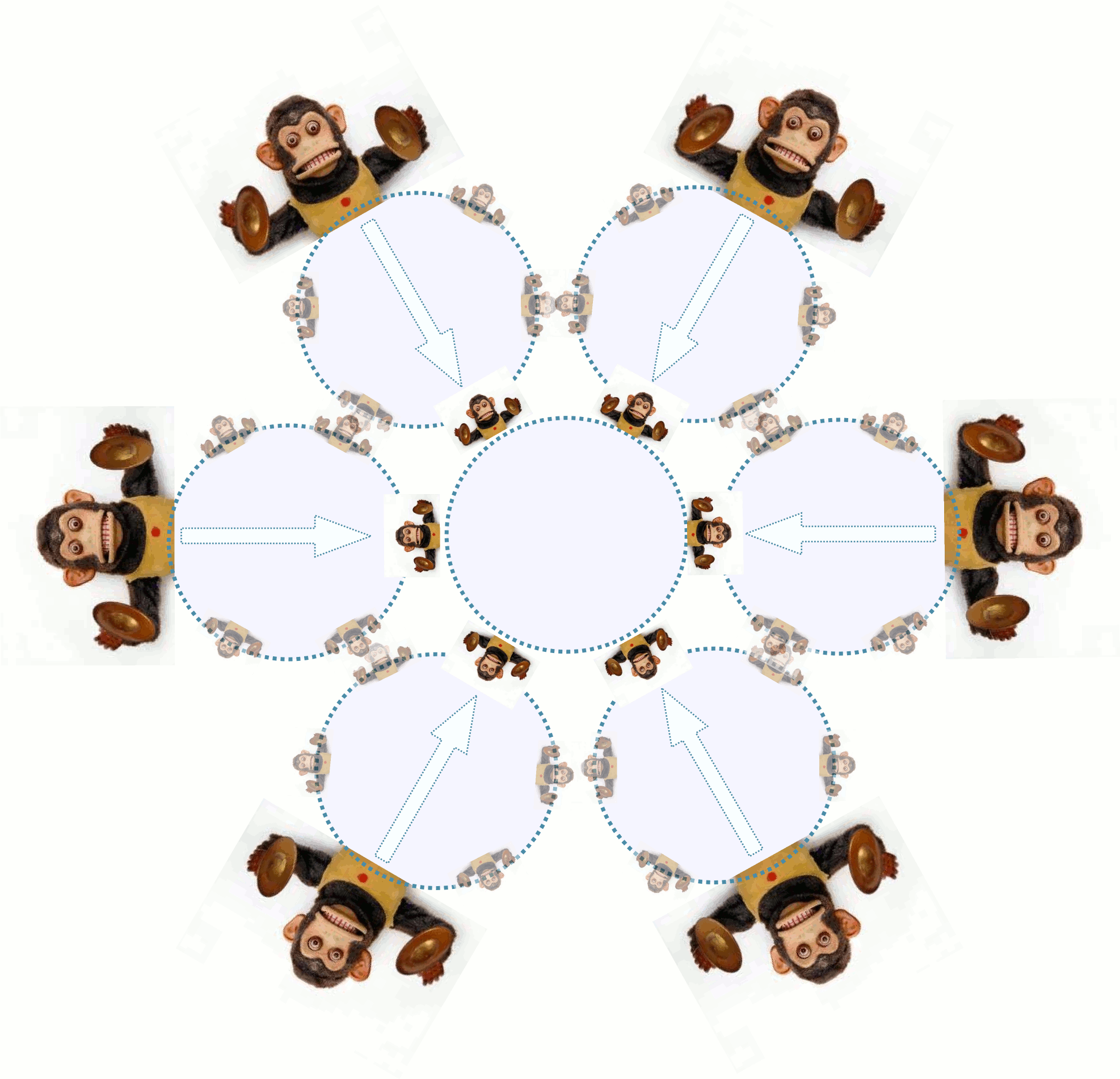
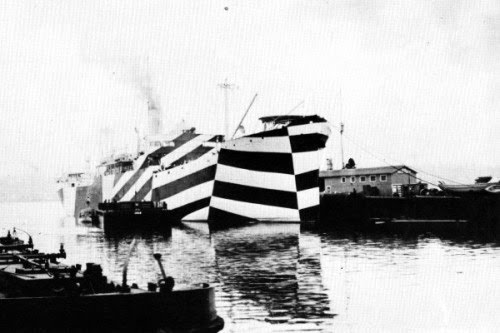
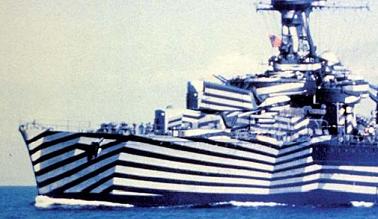

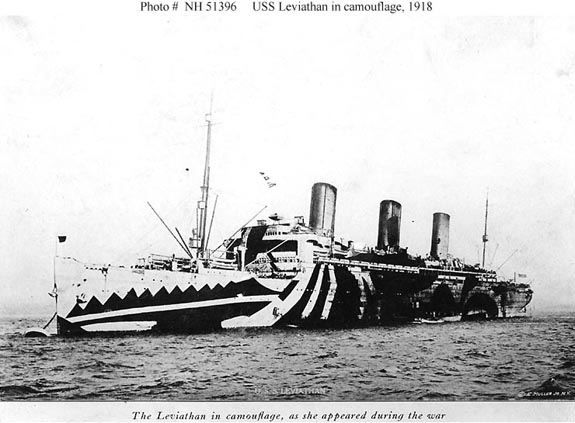
 (Credit: Salk Institute for Biological Studies)
(Credit: Salk Institute for Biological Studies)